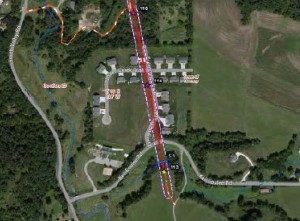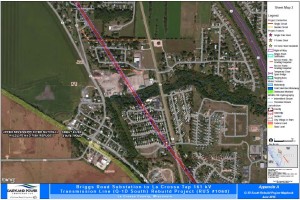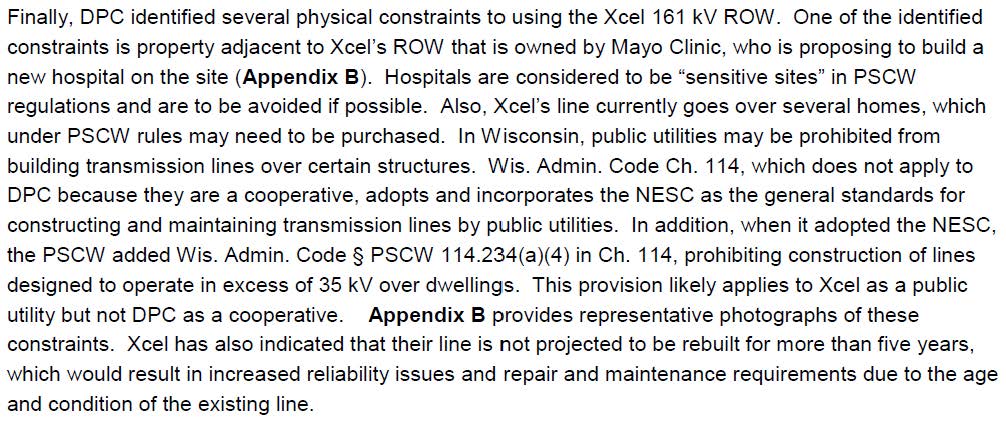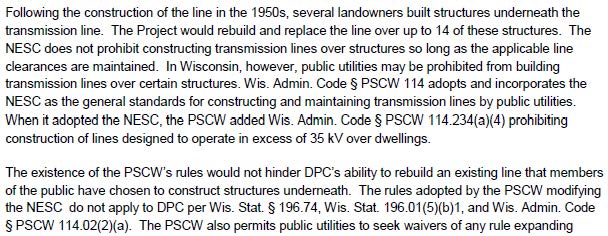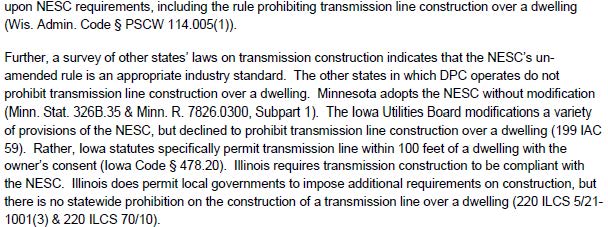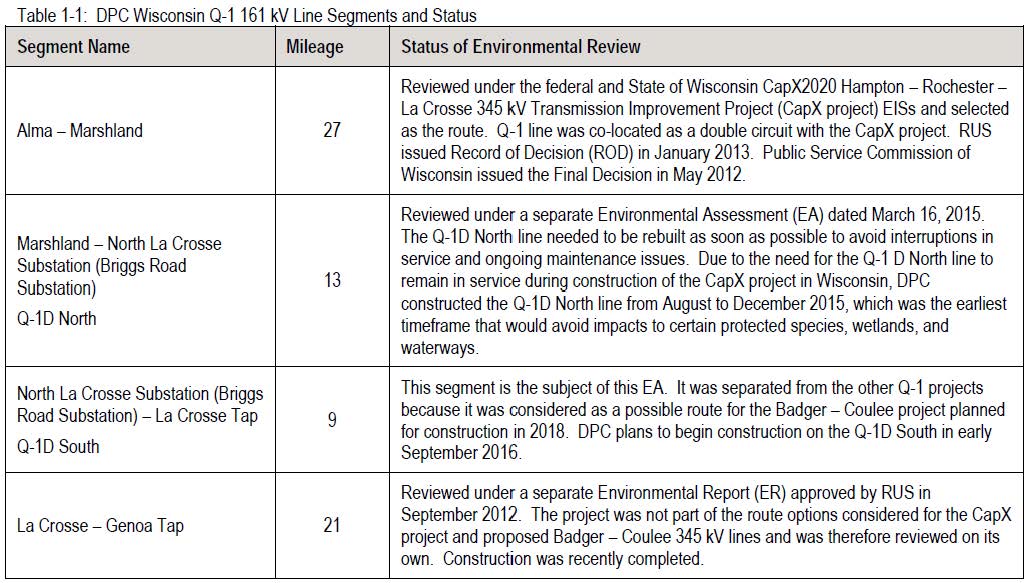I wanna be a Camp Host!!!
March 5th, 2019
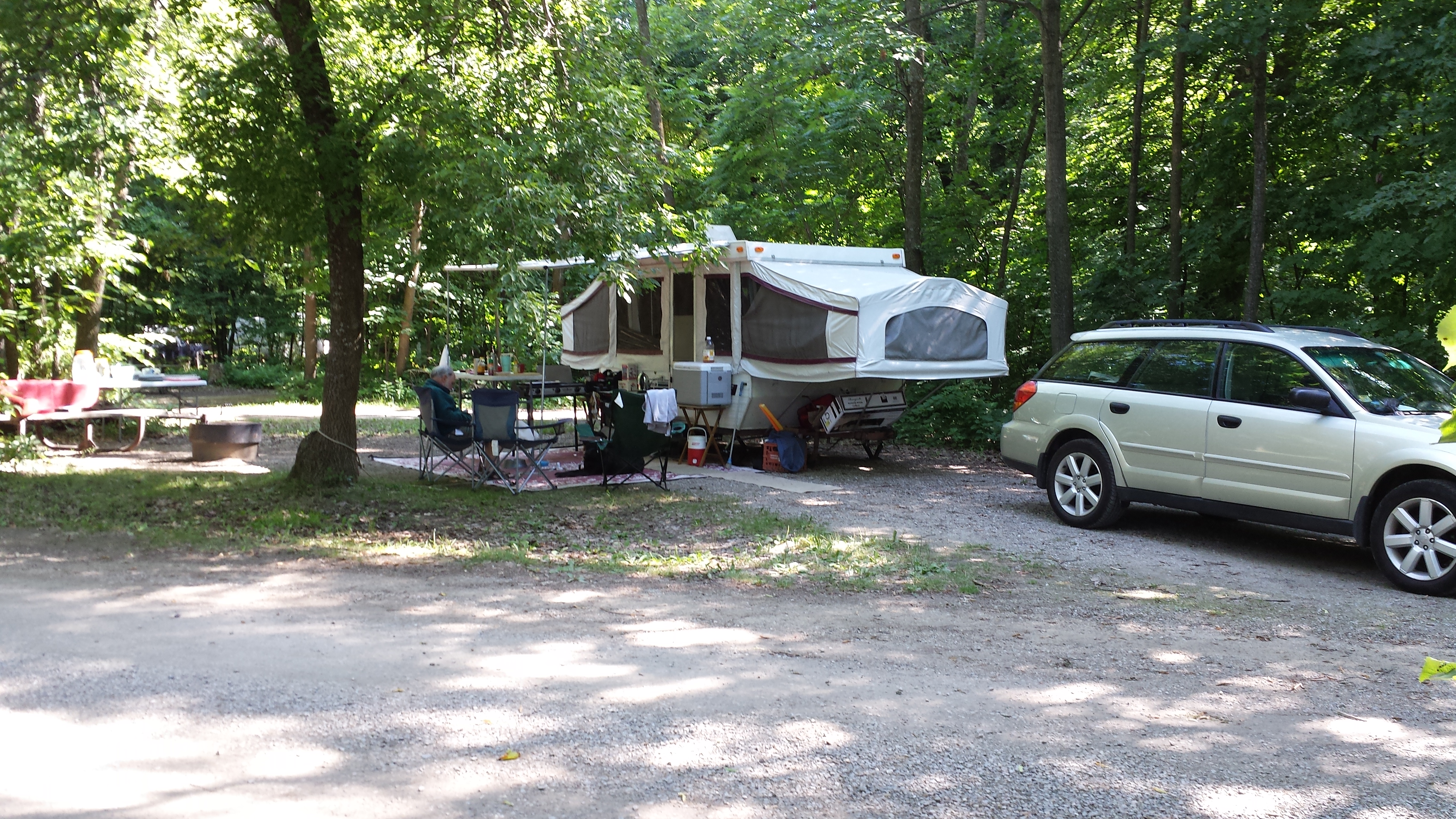
I’ve wanted to do be a DNR Camp Host since we got our pop-up, and this year, I signed up, and just got invite to a Potluck for potential Camp Hosts! At many state parks, there’s sufficient phone access to have internet access and work from campsite — how cool is that. And some are right in the neighborhood of work, so I can meet with clients in my “office” and be close to hearings. Spend a month in a campground, do nominal work, some meet & greet, whatever, I’m ready! And Alan could bring the van with a boat on top, or a trailer, and get out in the water.
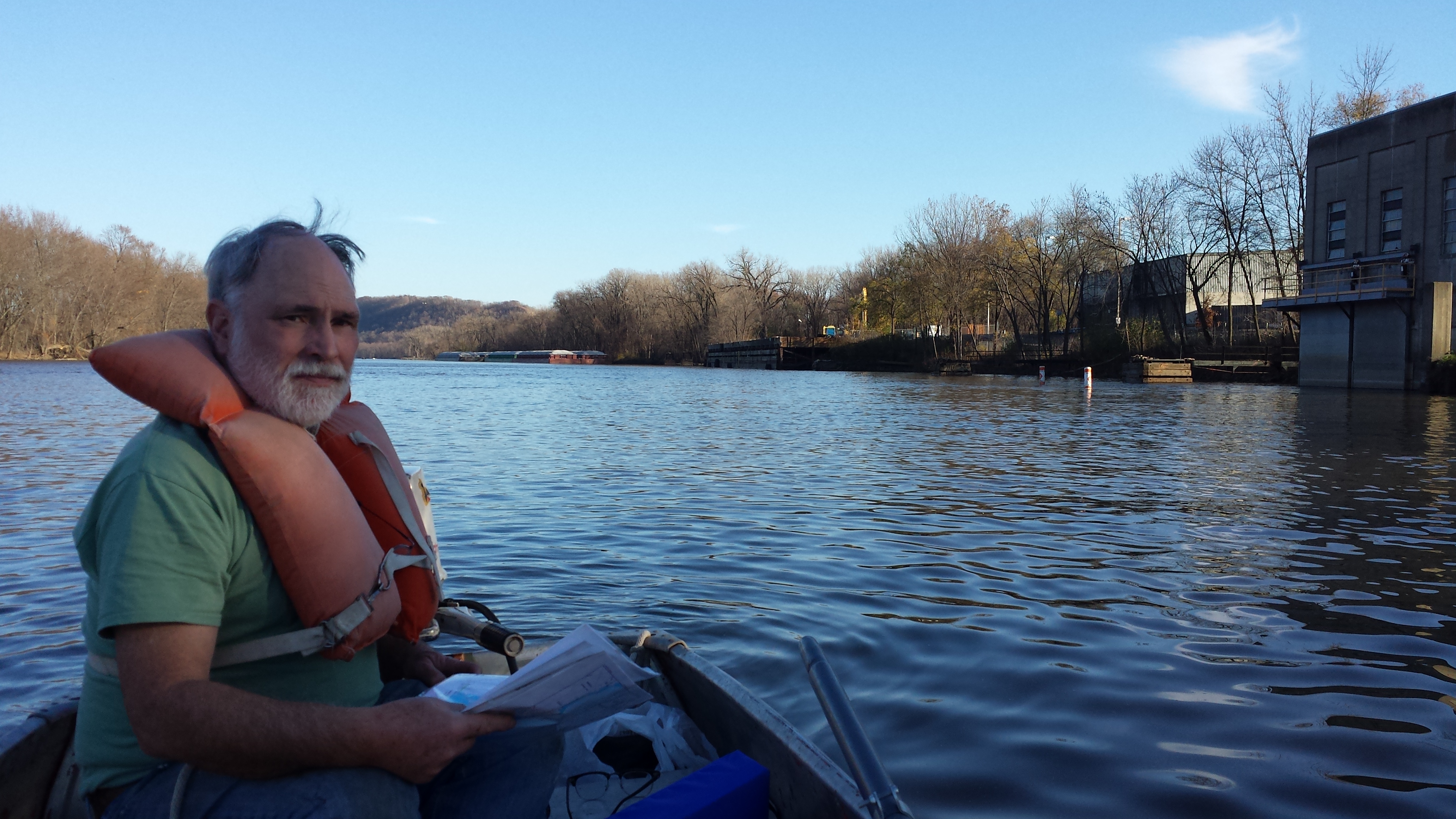
Except for Big Bog State Park, what a hell-hole that was, SO hot, and bugs by the millions, plus a campground filled with big RVs and trailers, just awful. Excellent bathrooms and solar at the park couldn’t make up for the heat and bugs.
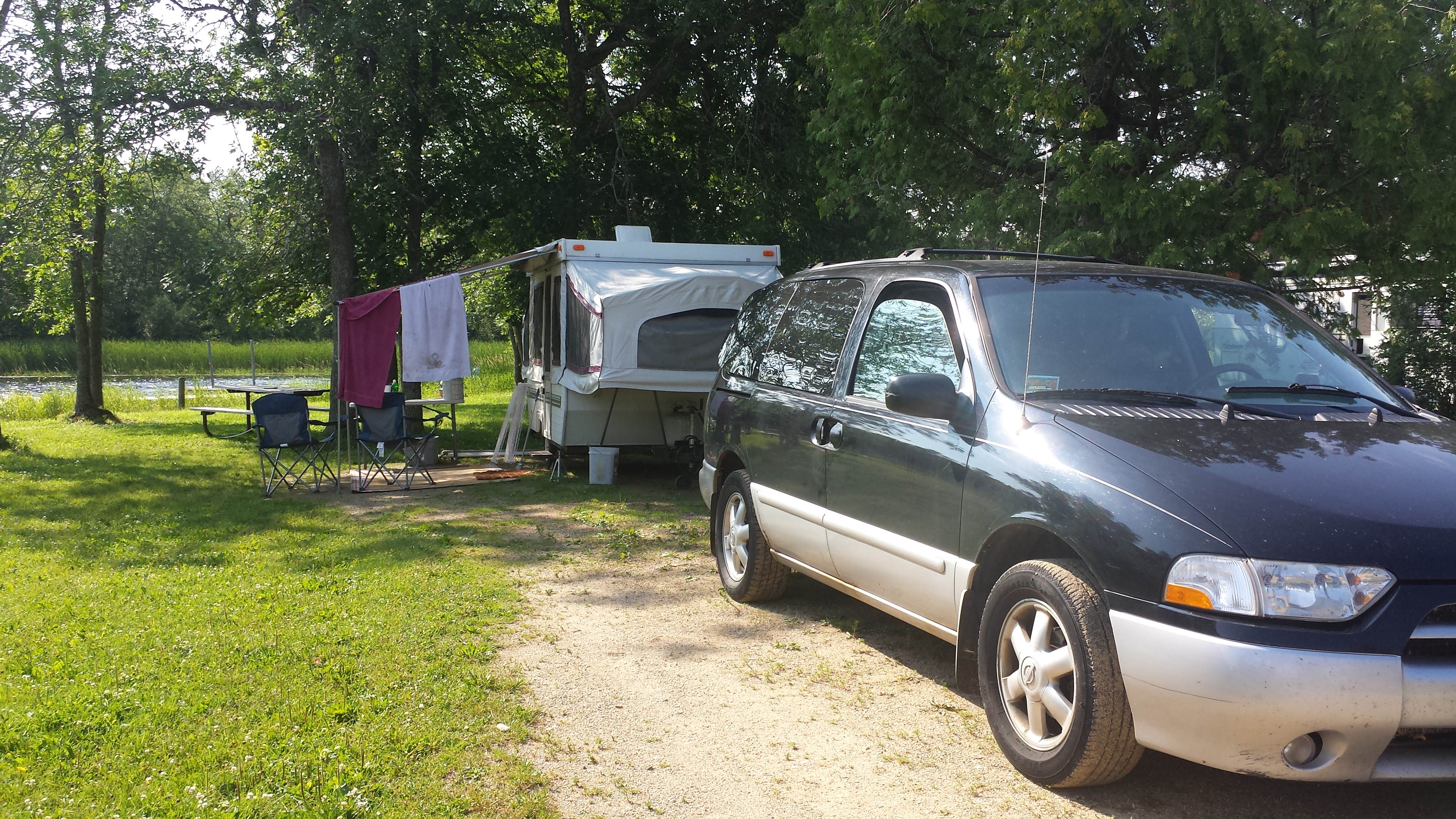
The only cool thing about it was back behind the trailer, there were docks for boats, one for each of the campsites along the river into Red Lake. But the bugs were so bad, and there was one hell of a storm, we were there for the “Not-so-Great Northern Transmission Line” USDA-RUS hearings in July… Big Bog? NEVER AGAIN!
I digress… anyway, I hope to be able to be a Camp Host this year. We shall see!!
RUS EIS is released for Cardinal-Hickory Creek Transmission
December 3rd, 2018

It’s out, the USDA’s RUS EIS for Cardinal-Hickory Creek transmission project:
Draft Environmental Impact Statement – November 2018
From the RUS Notice, how to send in comments and list of public meetings:


LTE in Dodgeville Chronicle
December 8th, 2016

See the lower 1/2 of MISO’s MVP project 5, running from near Dubuque, IA to the northeast to the “Cardinal” substation near Madison? That’s the Cardinal – Hickory Creek transmission line.
The Dodgeville Chronicle ran my Letter to the Editor, just in time for the meeting last night, held by Rural Utilities Service, about the Cardinal – Hickory Creek transmission project:
Carol A. Overland, Esq.
Red Wing, MN
RUS Scoping Meetings for Cardinal-Hickory Creek xmsn
December 6th, 2016
Slow evening at Rural Utilities Service’s scoping meeting for the Environmental Impact Statement for the Cardinal – Hickory Creek transmission project. RUS is involved because Dairyland Power Cooperative (DPC) plans to hold a 9% undivided interest in the project, and are looking to RUS to provide the funding. RUS held two more meetings, following on prior meetings October 31 and November 1 & 2, because their notice for those meetings went out a day late, so another Notice went out:
Notice of Intent To Hold Public Meetings and Prepare Environmental Impact Statement (October 18, 2016
Where’s my prior post on these meetings? It’s gone! Here’s the dates and locations (click for larger version) — the last one is tomorrow in Barneveld, Wisconsin:
So to make quick work of it, this is cut and pasted from the RUS Cardinal Hickory Creek page:
Alternatives Evaluation Study (July 2016)
Notice of Intent To Hold Public Meetings and Prepare Environmental Impact Statement (October 18, 2016)
Macro-Corridor Study (September 2016)
Alternative Crossings Analysis (April 2016)
- ACA Table of Contents
- ACA Main Report Chapters 1-5
- ACA Main Report-Chapter 6-References
- ACA Appendices
SCOPING MEETINGS
I had a quick chat with Dennis Rankin who’s in charge of the environmental review on this and the Dairyland Q-1 South projects, and had a few quick things to register, particularly that ATC has announced that the project is delayed:
ATC postpones Cardinal-Hickory Creek project – The Dodgeville Chronicle -Dodgeville, WI
I had this article and a few comments to add tonight, and will file more detailed comments before the deadline — now January 6, 2017.
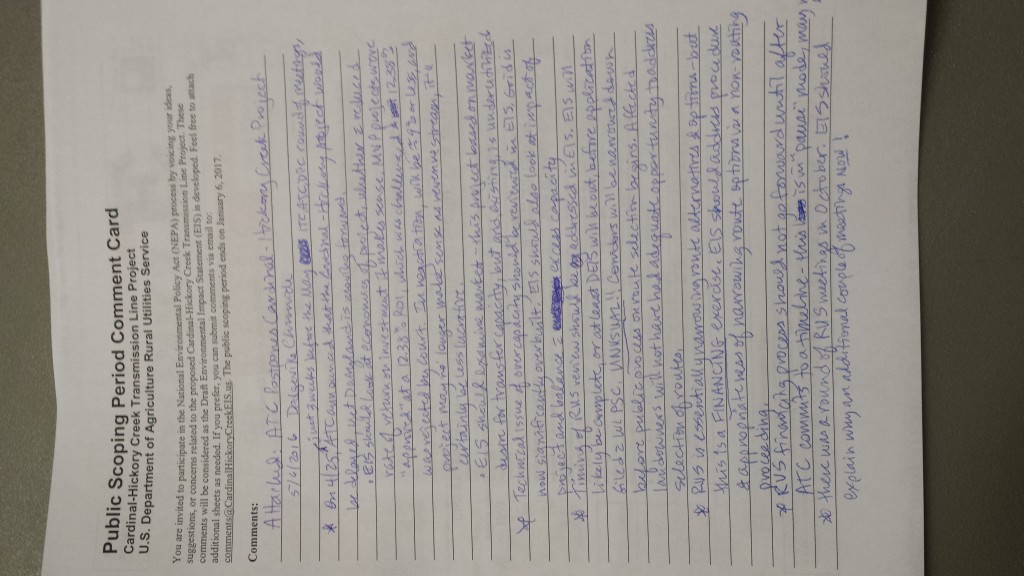 (don’t worry, I’ll get this looking pretty by the deadline!)
(don’t worry, I’ll get this looking pretty by the deadline!)
On the way in, there was new transmission marching across the countryside, so ugly:
And look how close to this house in New Vienna, right up near the garage, and not far from the house either — this line cut right through the middle of town:
But all in all, it was a beautiful day for a drive today!
Dairyland’s Q-1D South Environmental Assessment
June 19th, 2016
Dairyland Power Cooperative’s transmission through Onalaska and La Crosse is something to see…
Dairyland Power Cooperative and USDA’s Rural Utilities Service has released the “Q-1D South” Environmental Assessment, open for Comment until July 1, 2016:
And from Dairyland’s site:
Briggs Road to La Crosse Tap (Q-1D South) – Environmental Assessment
Comments are due July 1, 2016 — send to:
USDA’s Dennis Rankin: dennis.rankin@wdc.usda.gov
(I’d also cc DPC’s Chuck Thompson: cat@dairynet.com)
By U.S. Mail:
Dennis Rankin
Environmental Protection Specialist
USDA Rural Utilities Service
1400 Independence Avenue S.W.
Mailstop 1571, Room 2242
Washington, DC 20250-1571
What’s to comment on? I see two issues that should be sufficient to stop this project in its tracks — the debt load of Dairyland Power Cooperative and the physical setting of the project which too near and right over people’s homes.
Debt load — Dairyland Power Cooperative’s debt is excessive and should prohibit taking on more debt:
Dairyland Power Cooperative’s Annual Meeting was last week. One purpose of an organization’s Annual Meeting is to discuss its financial status and approve plans going forward.
Dairyland depends on federal USDA/RUS loans to pay for its transmission expansion, such as the Q-1 transmission upgrades, including Marshland-Briggs Road and now the stretch from Briggs Road to North La Crosse south of I-90. Another USDA/RUS loan paid for Dairyland’s share of the CapX La Crosse line now blighting the bluffs. Dairyland will also be part owner of the MISO Hickory Creek to Cardinal line from Iowa to Madison. That’s a lot of transmission and loans.
Dairyland recognized this financial risk and lopsided debt/equity position, and in 2012 sought help from FERC_(DPC_Request4DeclaratoryOrder), requesting a hypothetical capital structure of 35 percent equity and 65 percent debt when its actual capital structure was 16.5 percent equity and 83.5 percent debt, and FERC did grant this relief in an Order for DPC for CapX 2020 (see FERC Docket, go HERE and plug in docket EL13-19-000). That Order, and the 83.5/16.5% debt/equity ratio was prior to the present Q-1 D South project and the MISO MVP Hickory Creek to Cardinal transmission line. Dairyland requested a “hypothetical” (bogus) debt/equity ratio to preserve its credit rating and enable low cost loans. The true debt level makes DPC a higher risk.
Are Dairyland members aware of the 83.5%/16.5 % debt/equity ratio and reliance on loans for major transmission projects? What’s the debt level where new projects are included? This new transmission enables increased power marketing and sales, a private purpose. Is this highly leveraged position for new transmission in the best interests of Cooperative members?
Physical setting of the project — it’s just too close!
The map way above is what the transmission system in the area looks like theoretically, according to the Wisconsin Public Service Commission, but here’s what Dairyland’s Q-1 South line looks like on the ground:
Really… Here’s what it looks like from a satellite with the lines drawn in, on the far south:
Here’s what it looks like further north — look at all those homes:
And here’s what the Wisconsin PSC Code says about clearances in PSCW 114.234:
(2) Transmission lines over dwelling units. [Follows NESC 234C1b, p. 119] (Addition) Add the following paragraph c:c. Transmission lines over dwelling units.No utility may construct conductors of supply lines designed to operate at voltages in excess of 35 kV over any portion of a dwelling unit. This provision also applies to line conductors in their wind-displaced position as defined in Rule 234A2.Note: It is the intent under s. SPS 316.225(6) that the public not construct any portion of a dwelling unit under such lines.Note: The term “dwelling unit” has the meaning given in ch. SPS 316, which adopts by reference the definitions in NEC-2008.Note: See s. SPS 316.225(6) Clearance Over Buildings and Other Structures, which refers to ch. PSC 114 regarding clearance of conductors over 600 volts and the prohibition of dwellings under or near overhead lines.
USDA’s Dennis Rankin: dennis.rankin@wdc.usda.gov
(I’d also cc DPC’s Chuck Thompson: cat@dairynet.com)
By U.S. Mail:
Dennis Rankin
Environmental Protection Specialist
USDA Rural Utilities Service
1400 Independence Avenue S.W.
Mailstop 1571, Room 2242
Washington, DC 20250-1571


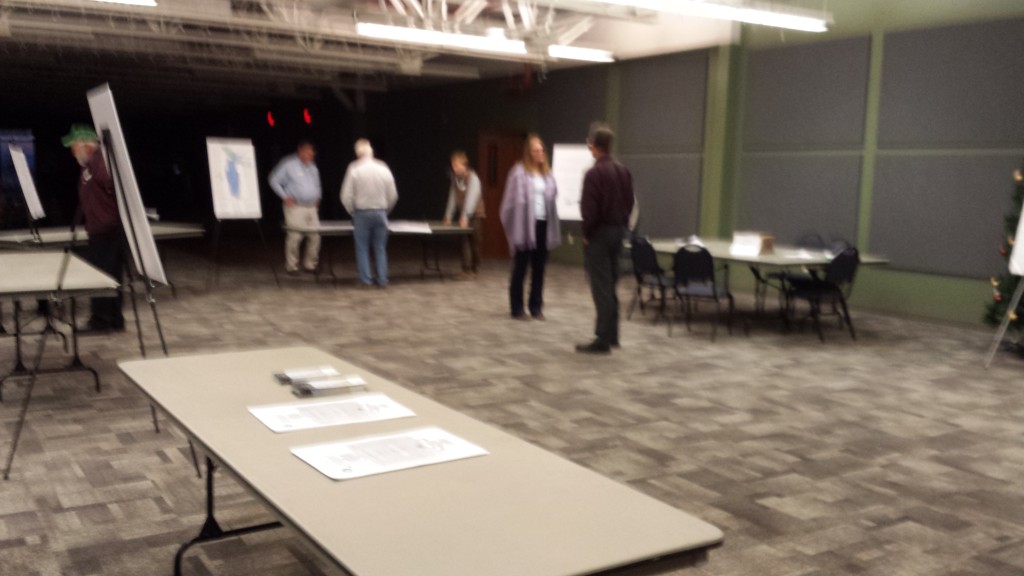
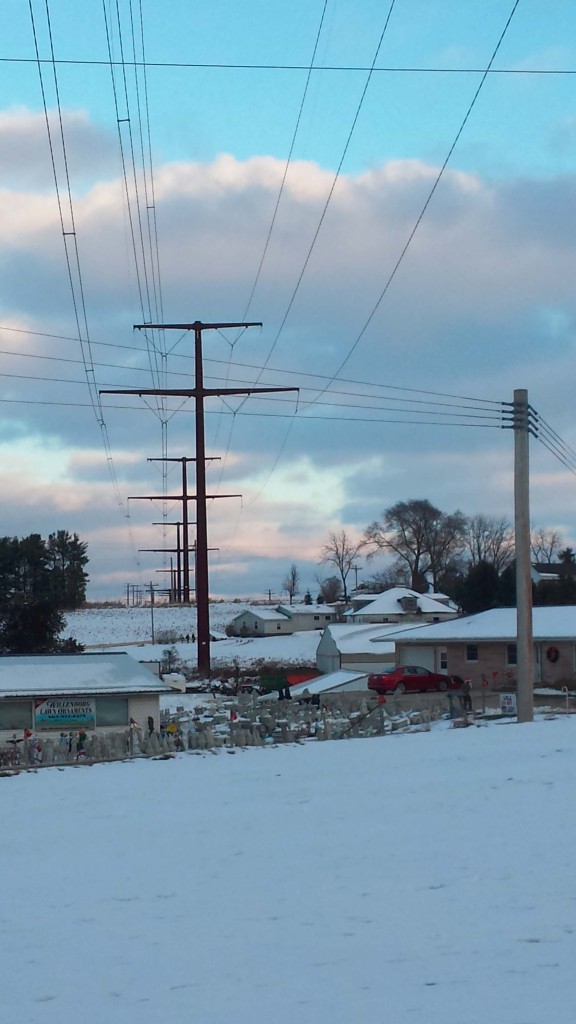
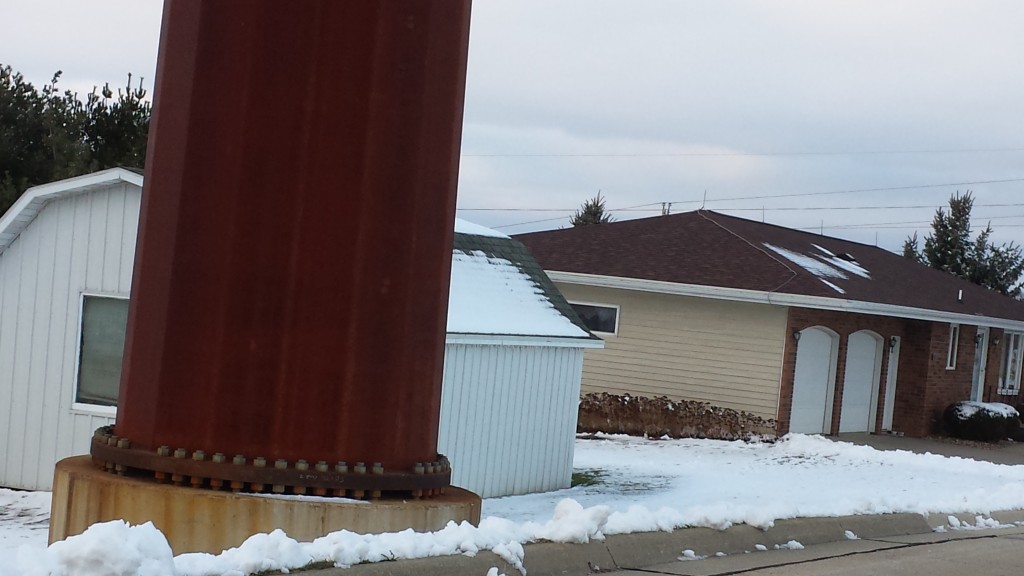
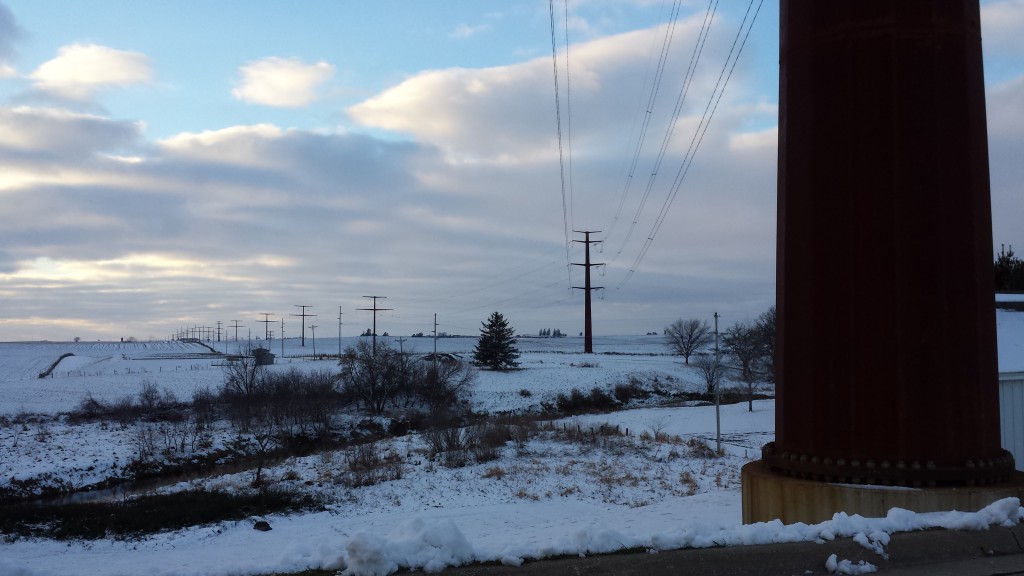
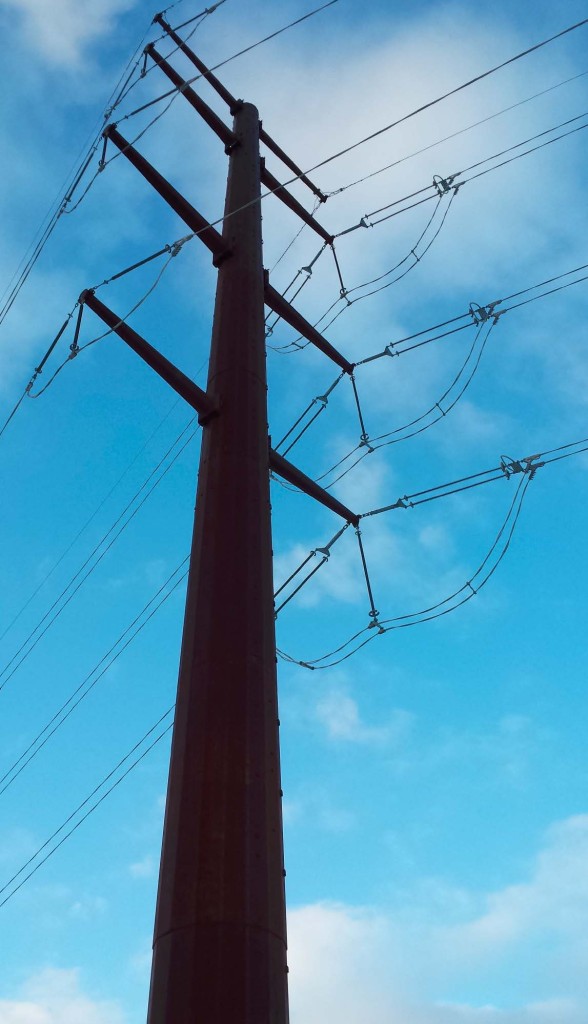
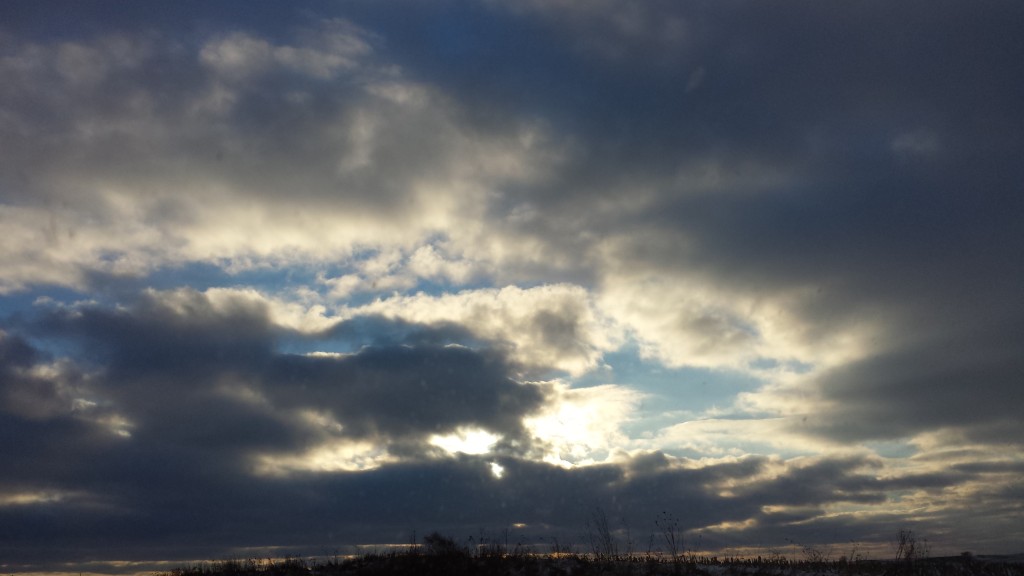
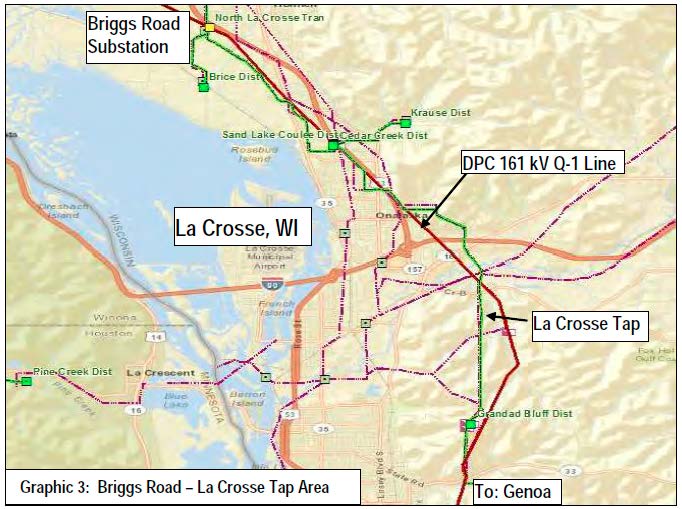
![Ulman_St[1]](https://legalectric.org/f/2016/06/Ulman_St1-224x300.jpg)
